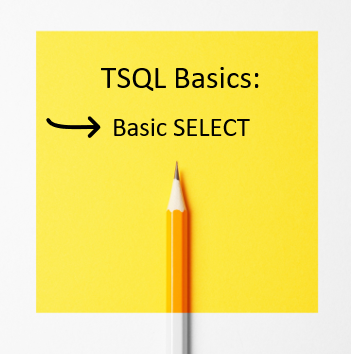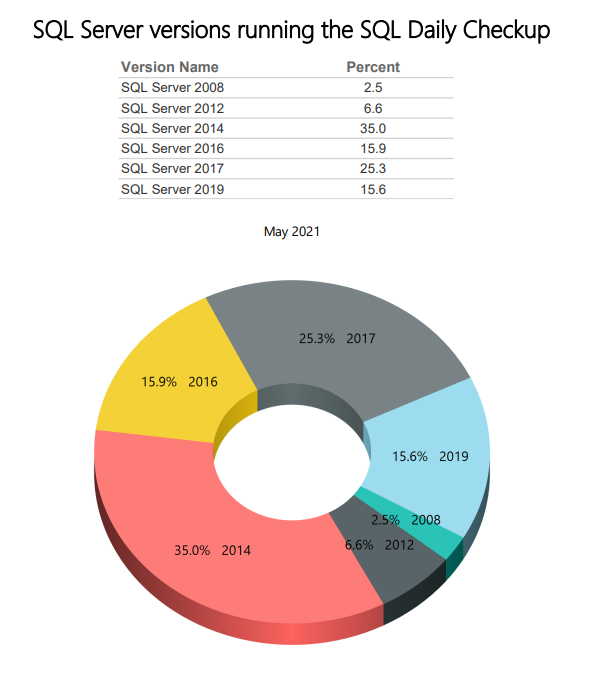Checking job history log size with TSQL
One of the important settings on SQL Server is the job history log size and the maximum rows per job. Without these set accurately you may not be able to track down job failure issues. These are easy to locate through the SSMS dialogs, but if you are managing many servers you may not want to dig through all the …









